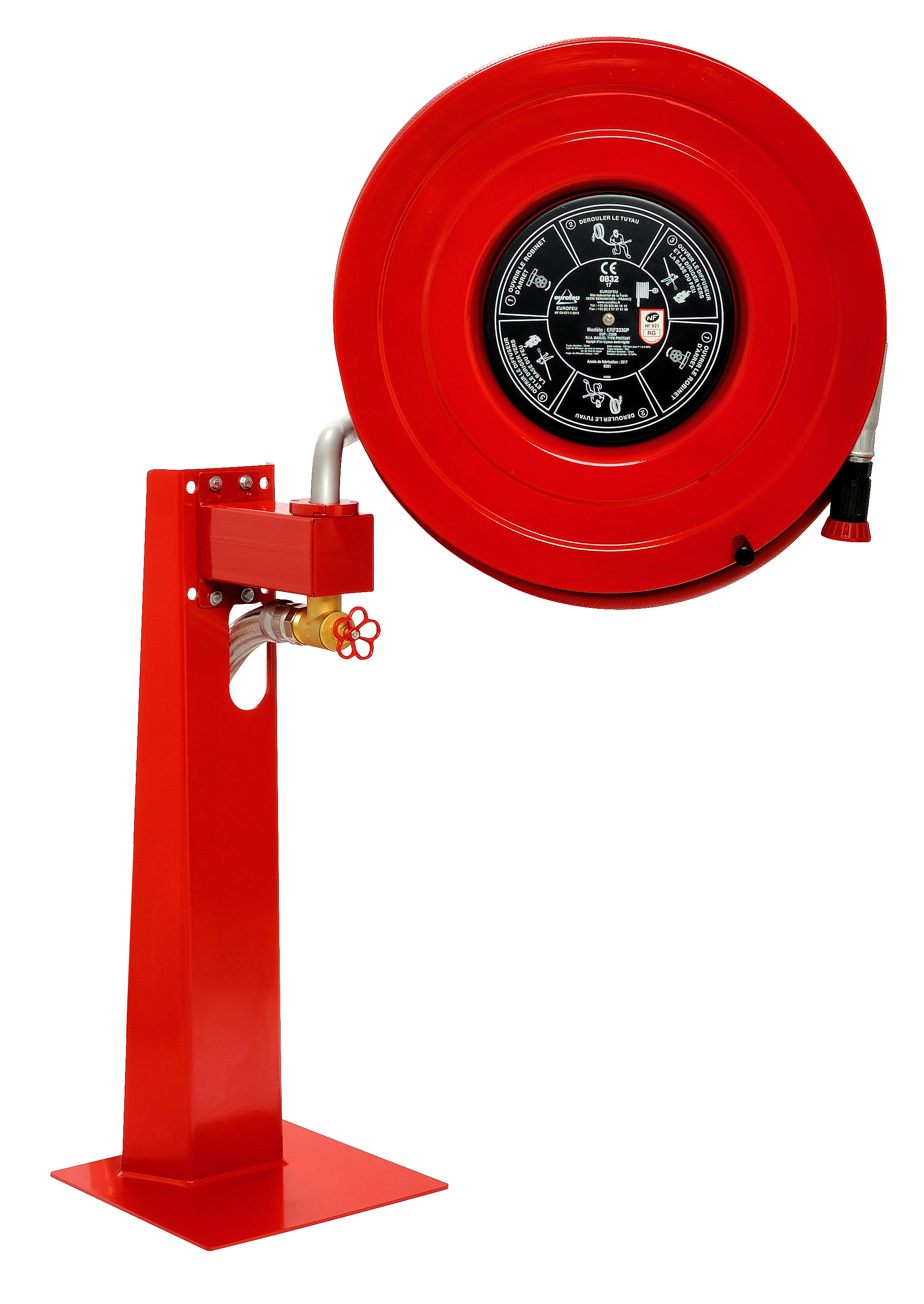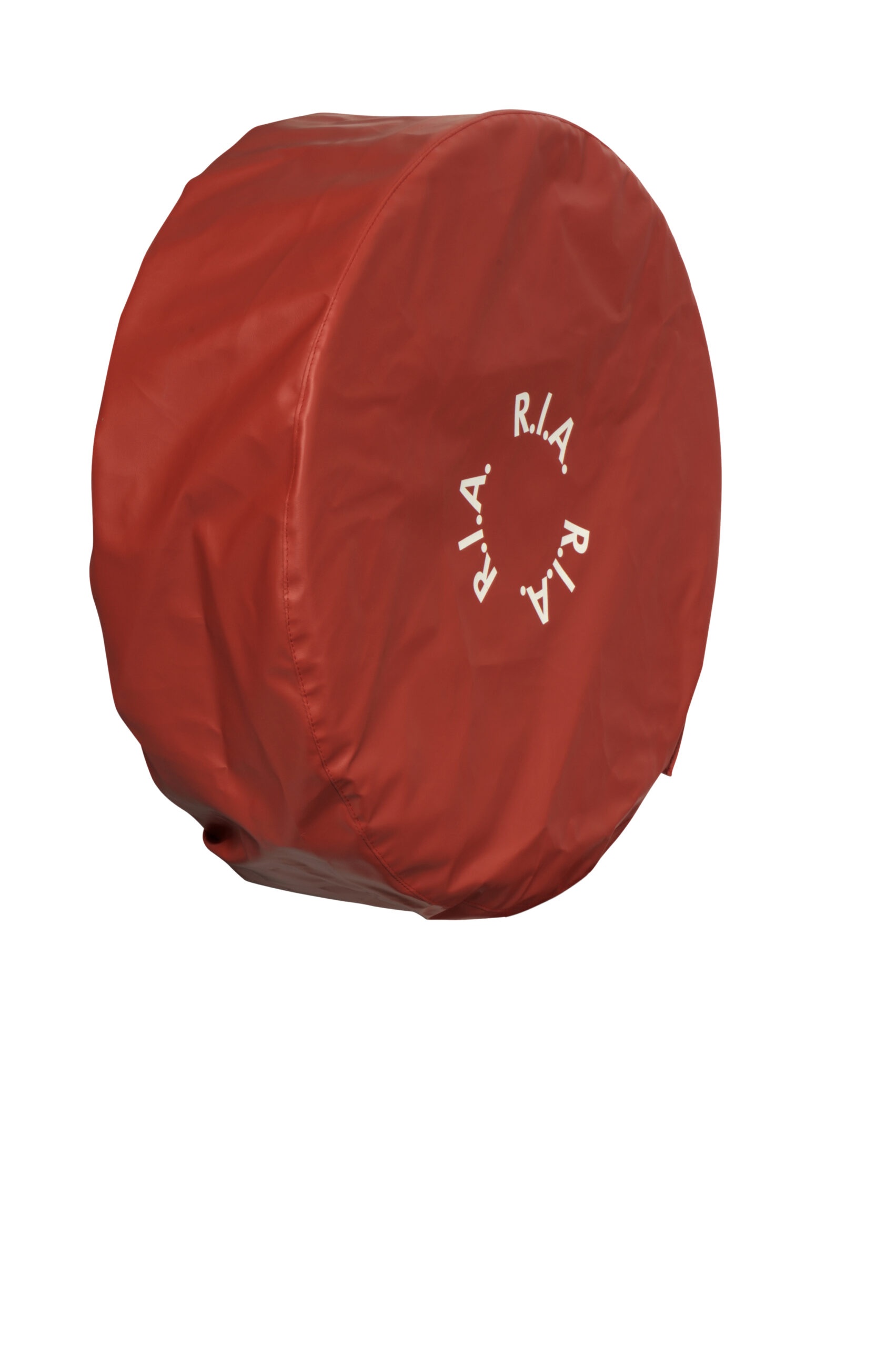RIA - Armed fire valve range
Optimizing your Fire Safety - What is an RIA?
The RIA, or Robinet d'Incendie Armé, is a first-response device for fighting incipient fires, until more powerful means can be deployed.
These safety devices are installed in certain establishments open to the public (ERP), in many industrial establishments and in high-rise buildings (IGH). They can be used by anyone, qualified or not, while waiting for the fire department to arrive.
The RIA is armed, i.e. it is constantly supplied with water, so that it can be used immediately.
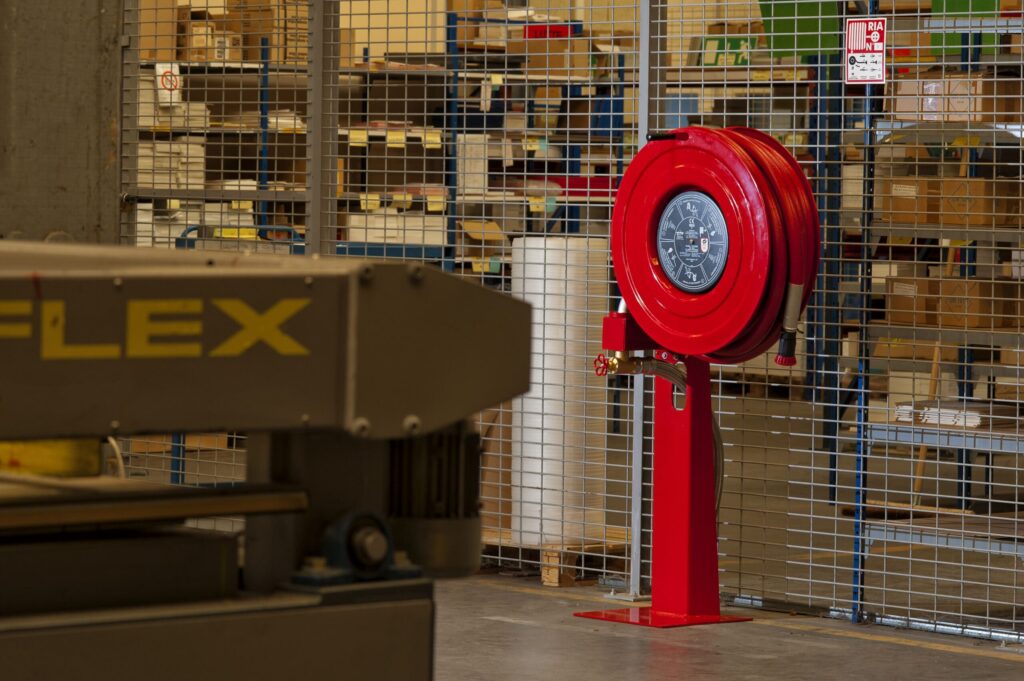
You need personalized support
Our teams are at your disposal to answer any questions you may have.
How does a fire-fighting RIA work?
The Robinet d'incendie Armé consists of a semi-rigid hose, 20 or 30 meters long, wound around a reel which can be swivelled to make it easier to steer in the right direction.
At the end of the hose is a diffuser that propels the water onto the emerging fire in one of two ways: as a stick (or straight) jet, or as a diffused (or conical) jet.
The base of the hose is connected to a water source, which must provide sufficient pressure and flow to allow at least 20 minutes of operation.
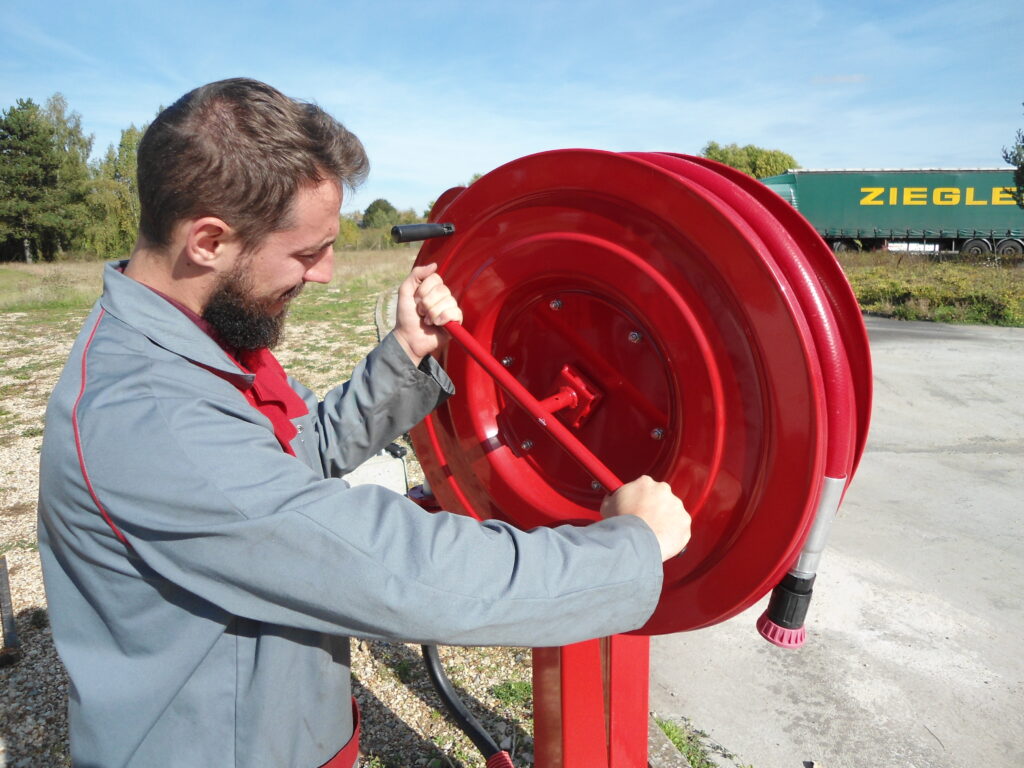
Which diameter RIA to choose?
The NSP62-201 standard specifies three types of nominal diameter, depending on the calorific potential (CP). HV means the amount of heat emitted by the contents of the room to be protected.
Rotating, pivoting or fixed fire extinguishers?
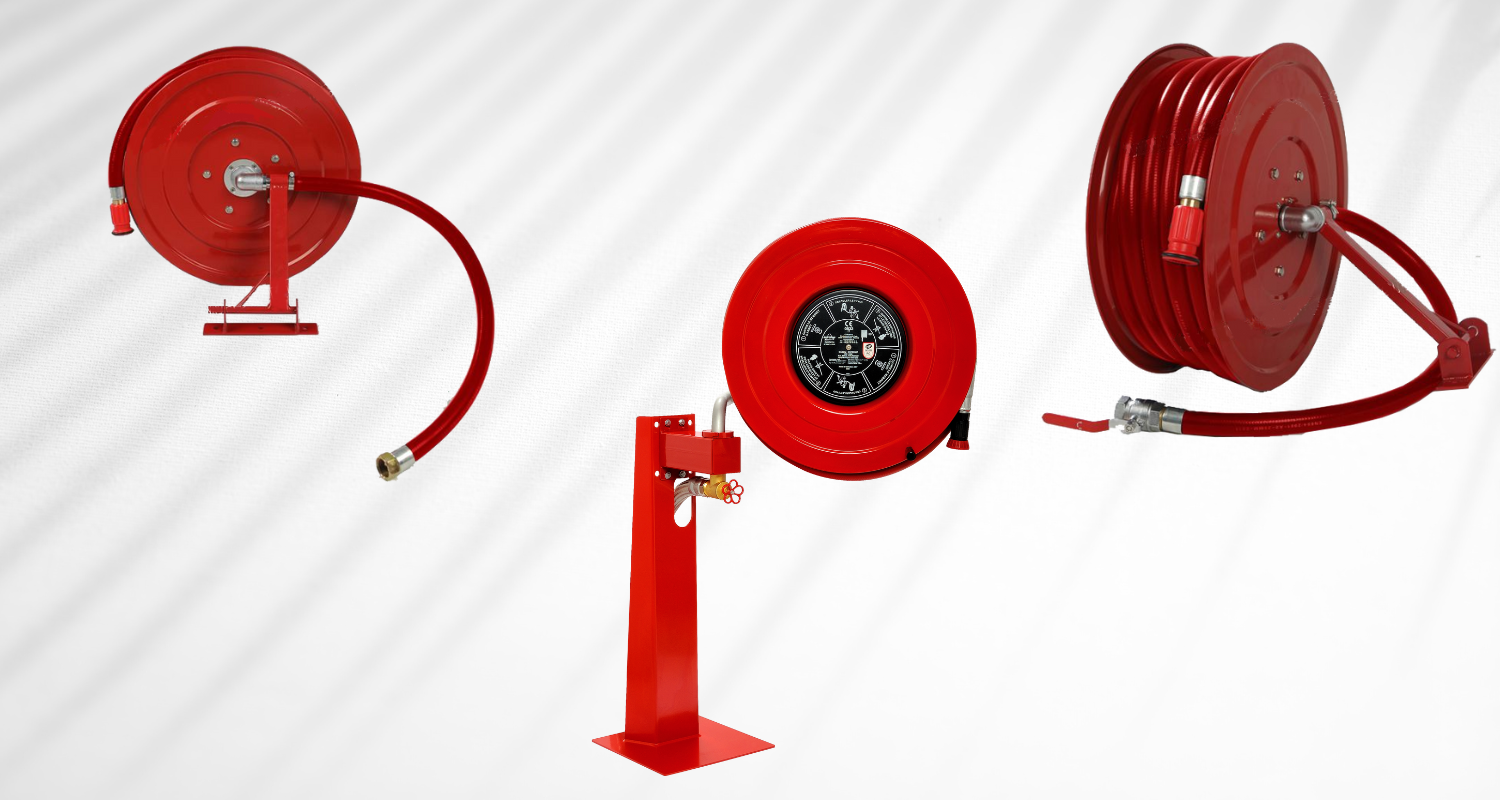
There are both swivel and non-swivel models.
The use of a pivoting hose reel is recommended where it is necessary and possible to pivot the reel away from the wall. This allows the hose to be unwound in the direction of the fire, and reduces the pull on the device, for faster, more convenient deployment.
A fixed rotating RIA is recommended for premises with space constraints that prevent the coil from pivoting.

What is a Fire AIP?
The Robinet d'Incendie Armé (RIA) and the Poste Incendie Additivé (PIA) are two means of first response in the event of fire.
The PIA is equipped with an additional extinguishing agent. In addition to water, it uses a low-expansion liquid foam. This makes it effective against Class B fires (fires involving liquids or liquefiable solids).
As a result, the choice between an RIA and a PIA depends mainly on the type of fire risk present in the establishment.
What are the installation and maintenance standards for RIA-PIA?
Standard NF S62-201 defines the rules for installation and maintenance of fire hydrants equipped with semi-rigid hoses (RIA).
Standards NF EN 671-1 and NF EN 671-3 concern fixed fire-fighting installations, in particular hose systems. Part 1: Armed fire hydrants fitted with semi-rigid hoses. Part 3: Maintenance of "semi-rigid hose" fire hydrants and "flat hose" wall-mounted hydrants.
CNPP's APSAD R5 standard defines the minimum technical design and maintenance requirements for effective fire alarm and fire protection systems.
As a general rule, RIAs and PIAs should be located inside buildings or premises to be protected (or close to access points).
The number and location of RIAs and PIAs should be such that the entire surface area of the protected premises can be effectively reached.
Finally, any point on the surface of the premises must be covered by at least two jets, so that in the event of a fire starting, one of the RIAs/PIAs is accessible. In the case of fire extinguishers, the diffused jet position is taken into account.
APSAD Rule R5 enables the design and installation of fire hydrants in all types of buildings. It also applies to additive fire hydrants (AFH), which can be used to protect against specific risks that may give rise to specific fires that cannot be controlled with water alone (Class B fires, for example).




